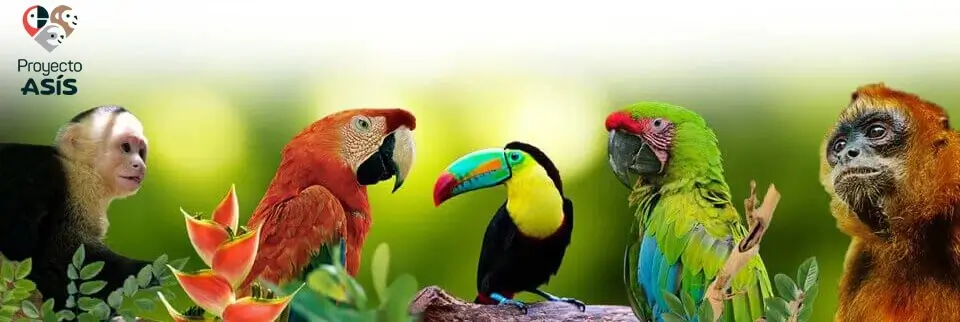The Scarlet Macaw (Ara macao), with its vibrant plumage and raucous calls, is one of the most iconic parrots of the Neotropics. A symbol of tropical wilderness, this bird faces threats from habitat loss and the illegal pet trade—yet remains a conservation priority.
1. Other Common Names & Taxonomy
- Scientific Name: Ara macao
- Other Names:
- Red-and-yellow macaw
- Guacamayo rojo (Spanish)
- Ara rouge (French)
- Taxonomy:
- Kingdom: Animalia
- Phylum: Chordata
- Class: Aves
- Order: Psittaciformes
- Family: Psittacidae
- Genus: Ara
2. Anatomical Characteristics: Nature’s Masterpiece
- Size: 81–96 cm (32–38 in) long (half is tail!)
- Weight: 900–1,500 g (2–3.3 lbs)
- Coloration:
- Bright red body
- Blue lower back and wings
- Yellow on upper wings and tail
- White face with black beak
- Adaptations:
- Strong, curved beak for cracking nuts
- Zygodactyl feet (2 toes forward, 2 back) for gripping branches
- Loud, screeching calls to communicate over long distances
3. Conservation Status: A Threatened Beauty
- IUCN Status: Least Concern (LC) but declining
- Regional Threats:
- Endangered in Central America (e.g., Costa Rica, Honduras)
- Critically Endangered in some areas (e.g., Mexico’s Pacific coast)
- Protected by: CITES Appendix I (bans international trade)
4. Biology & Ecology: Life in the Treetops
- Diet:
- Fruits (especially figs, palm nuts)
- Seeds, flowers, and clay (for detoxifying toxins)
- Behavior:
- Highly social—lives in pairs or flocks of 10–30
- Monogamous—mates for life
- Nest in tree cavities (often reused for years)
- Ecological Role:
- Seed dispersers (vital for forest regeneration)
- Clay-lick visitors (a tourist attraction in the Amazon)
5. Population Trend: Declining in Key Regions
- Global Estimate: ~20,000–50,000 (but fragmented)
- Declining in:
- Central America (due to deforestation)
- Western Amazon (pet trade pressure)
- Stable/Recovering in:
- Protected areas (e.g., Tambopata, Peru; Carara NP, Costa Rica)
6. Geographical Distribution: Where Can You See Them?
- Native Range:
- Southern Mexico to Brazil
- Two subspecies:
- A. m. macao (South America)
- A. m. cyanoptera (Central America—larger, more blue)
- Habitats:
- Lowland rainforests
- Riverine forests
- Occasionally mangroves
7. Threats to Survival: Why Are They Disappearing?
1️⃣ Deforestation (logging, agriculture)
2️⃣ Illegal Pet Trade (poaching for chicks)
3️⃣ Hunting (feathers/meat in indigenous cultures)
4️⃣ Climate Change (alters fruiting seasons)
8. Reproductive Cycle: Slow and Dedicated
- Breeding Season: Varies by region (often Dec–Apr)
- Nesting: In tall tree cavities (15–30 m high)
- Eggs: 2–4 white eggs per clutch
- Incubation: ~24–28 days (female does most)
- Fledging: Chicks leave nest at 90–100 days
- Parental Care:
- Fed by both parents for up to 1 year
- Stay with family group for 2+ years
- Sexual Maturity: 3–4 years
- Lifespan: 40–50 years (up to 75 in captivity!)
9. How Can We Help Protect Scarlet Macaws?
✅ Support ecotourism (responsible birdwatching)
✅ Avoid buying wild-caught parrots (report illegal trade)
✅ Donate to conservation groups (e.g., Macaw Recovery Network)
✅ Plant native trees to restore habitat
Conclusion: A Symbol of the Wild That Needs Our Help
The Scarlet Macaw isn’t just a pretty face—it’s a keystone species that keeps rainforests alive. While still widespread, local extinctions warn us that action is needed now to protect its future.
Did you learn something new? Share this post to spread awareness! 🦜🌈














You must be logged in to post a comment.